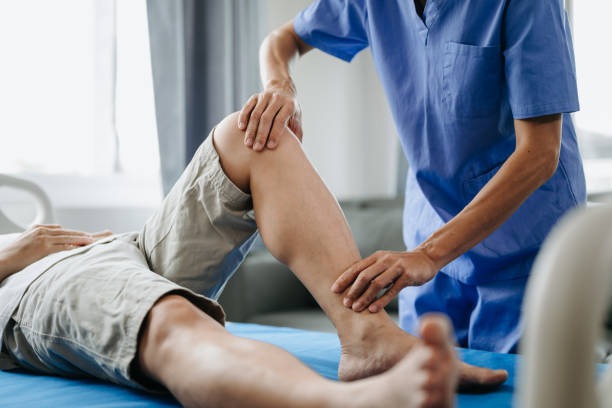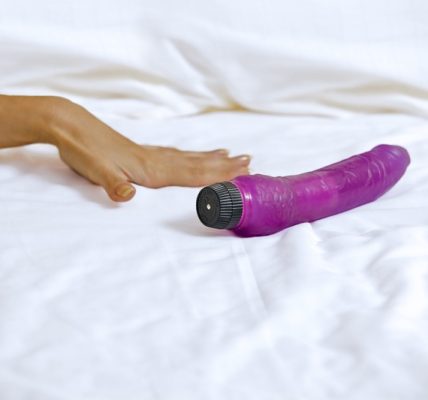Recovering from an injury or surgery can feel like an uphill battle. Fortunately, physical therapy is a critical ally on the road to recovery. This treatment is pivotal in helping individuals regain strength, enhance flexibility, and improve mobility. Understanding how physical therapy can aid recovery is essential for anyone looking to overcome physical setbacks efficiently and effectively.
The Healing Process and Physical Therapy
Physical therapy is rooted in a deep understanding of the human body’s healing process. When an injury occurs, the body’s natural response is to repair and protect. Inflammation and pain are the initial reactions, promptly followed by tissue repair and, eventually, tissue remodeling. Physical therapists facilitate and accelerate this healing process through various therapeutic techniques.
-
Reducing Pain and Inflammation: Therapists use ice therapy, heat application, electrical stimulation, and manual therapy to alleviate pain and reduce swelling.
-
Encouraging Tissue Repair: Specific exercises and activities are prescribed to promote the healing of injured tissues.
-
Enhancing Function: Rehabilitation restores function by retraining muscles and relearning movements.
Customized Treatment Plans
One of the critical elements of physical therapy is the tailored approach it offers. No two injuries are the same, and understanding individual needs is paramount. A physical therapy specialist near Lafayette would conduct a comprehensive evaluation and devise a strategic plan that caters to the individual’s specific rehabilitation goals.
Assessment and Goal Setting
The initial assessment includes examining the extent of the injury, the patient’s physical capabilities, and recovery objectives. From there, realistic and achievable goals are set, forming the foundation of a personalized treatment plan.
Techniques and Exercises
The treatment plan introduces various techniques and exercises, all aimed at addressing the patient’s unique rehabilitation requirements. This may involve:
-
Strengthening exercises to rebuild muscle power.
-
Flexibility routines to enhance range of motion.
-
Balancing drills to improve stability.
-
Functional training to facilitate everyday tasks.
Integration of Assistive Devices
Occasionally, recovery might necessitate the use of assistive devices. Physical therapists provide training on effectively incorporating canes, crutches, or braces. This training ensures that patients can move safely while minimizing the risk of further injury.
Evidence-Based Practice
Physical therapy is grounded in evidence-based research. Therapists stay updated on the latest clinical studies and apply proven strategies to their practice. The scientific backing lends reliability to the treatment, assuring patients that their recovery journey is mapped out with tried-and-tested approaches.
Education and Prevention Strategies
Physical therapy extends beyond exercises and hands-on treatment. It imparts valuable knowledge aimed at injury prevention and self-management. Patients learn techniques for proper body mechanics, ergonomics, and lifestyle modifications to prevent future injuries and maintain overall health.
The Role of Physical Therapy in Sports Recovery
For athletes, sustaining an injury can be a significant setback. Recovery aims not only to heal but to get back to peak performance. In these instances, sports medicine becomes incredibly valuable. This specialized field goes hand-in-hand with physical therapy, focusing on preventing, diagnosing, and treating sports-related injuries.
Services provided by Lafayette sports medicine doctors, are crucial in granting athletes the specialized care they need. These professionals work closely alongside physical therapists to ensure a recovery plan that rehabilitates the injured area and enhances athletic performance to prevent recurrent injuries.
Advanced Physical Therapy Techniques
As technology and medical knowledge progress, physical therapy evolves with advanced techniques that elevate the recovery experience. Some of these innovative methods include:
-
Aquatic therapy utilizes water for low-impact rehabilitation.
-
Vestibular therapy for addressing balance and vertigo issues.
-
Soft tissue mobilization to break down scar tissue and enhance flexibility.
-
Robotic-assisted therapy which aids in the repetition of movement patterns.
Therapy for Long-Term Conditions
Physical therapy proves to be an indispensable tool not only in acute injury recovery but also in managing chronic conditions. Diseases like arthritis, chronic pain syndrome, and multiple sclerosis can benefit from physical therapy interventions, which aim to preserve physical function and improve the quality of life for these patients.
The Support System of Therapy
The journey to recovery is not just a physical challenge but an emotional one, too. Physical therapists often become a part of a patient’s support system, offering encouragement and fostering an environment of optimism and motivation throughout the rehabilitation process.
Home Exercise Programs
Physical therapists prescribe home exercise programs to ensure continued progress outside the clinical setting. These routines complement in-clinic treatments and empower patients to participate actively in their recovery. With the proper guidance, patients can safely continue their rehabilitation at home.
Physical Therapy in Post-Surgical Recovery
Surgery can be a traumatic experience for the body, and the road to recovery post-surgery is critical. For example, after procedures like patella stabilization surgery Lafayette patients undergo, there is an immediate need to begin physical therapy to prevent the joint from stiffening and to kickstart the strengthening process. This type of surgery, aimed at correcting misalignment or instability in the knee, requires meticulous post-operative care.
Monitoring Progress and Adjusting Treatment
Physical therapists closely monitor a patient’s progress and modify treatment plans accordingly. This dynamic approach ensures that each phase of recovery is optimal and any barriers to progress are addressed promptly.
Final Thoughts
In essence, physical therapy is an invaluable ally in the healing journey. It guides patients through the maze of recovery with care and expertise, pushing the boundaries of what they can achieve and helping them return to their daily lives, sports, or passions. Anyone looking to improve their physical health after an injury, operation, or due to a chronic condition would greatly benefit from this adaptive and supportive form of therapy.








